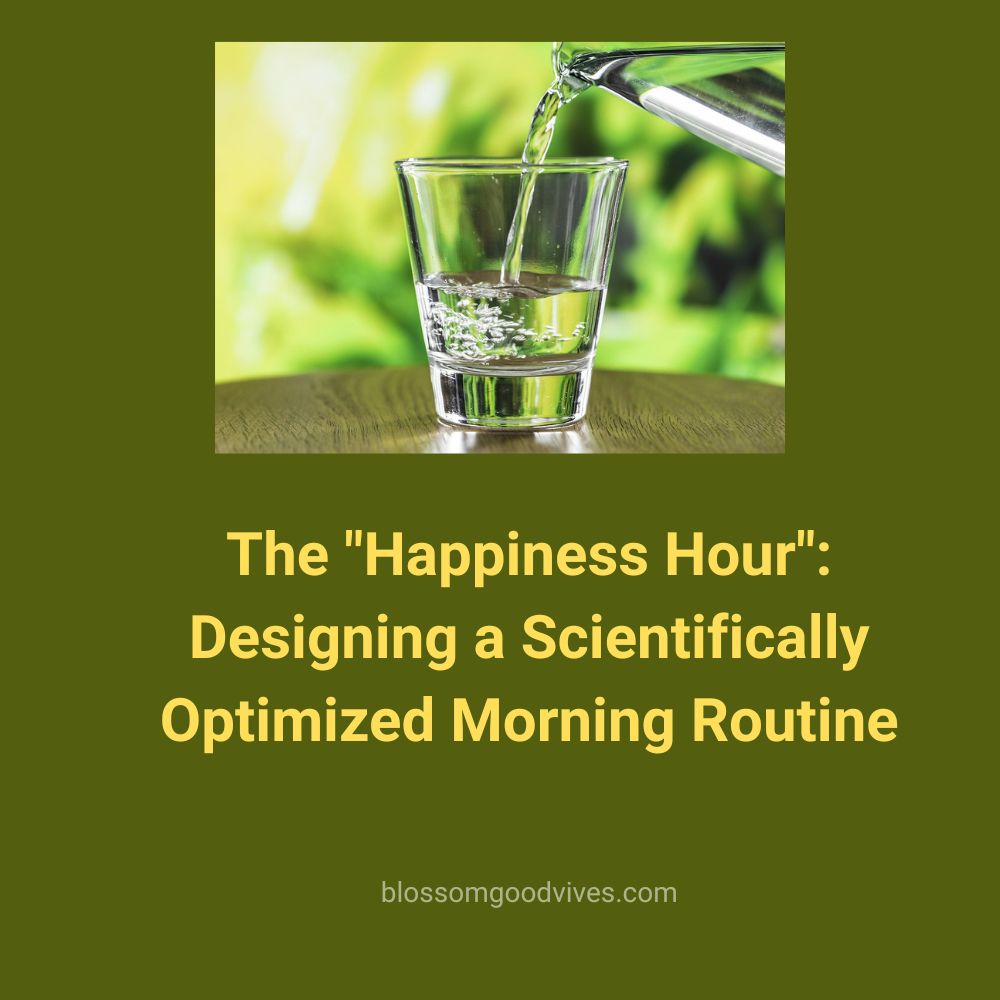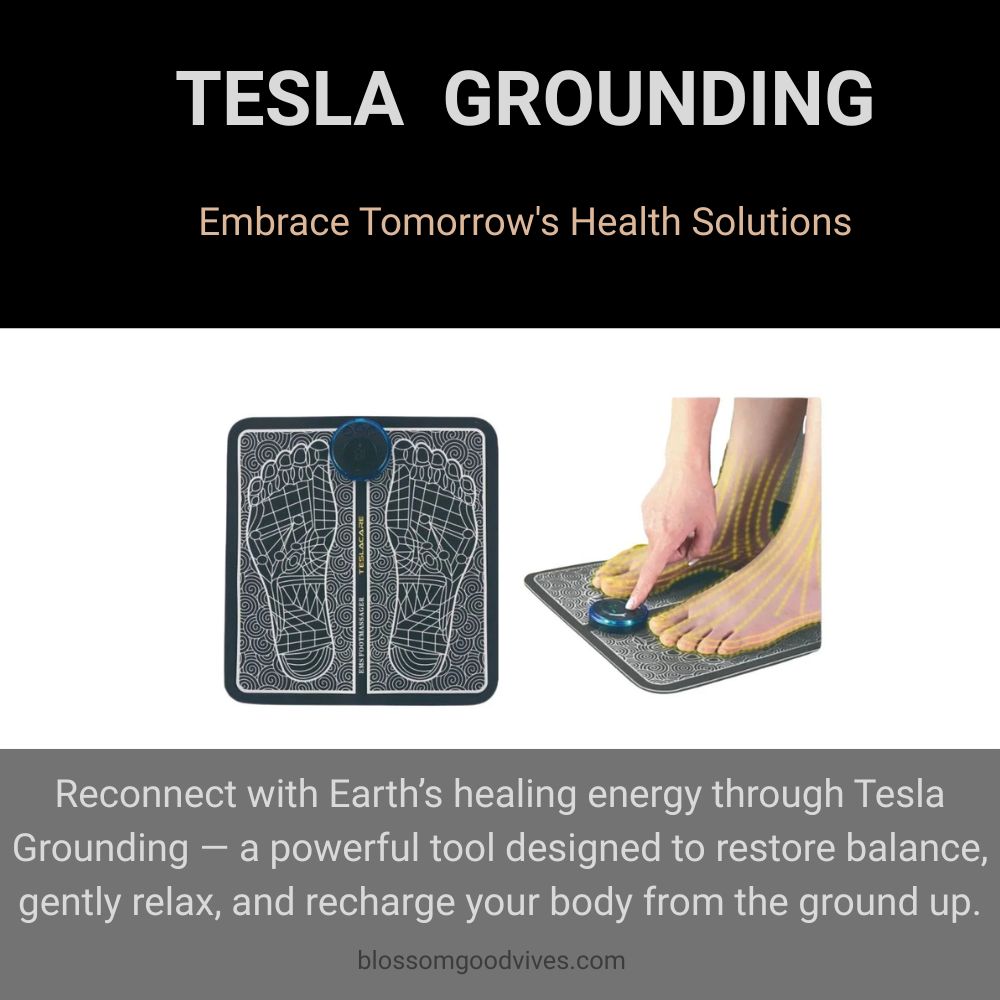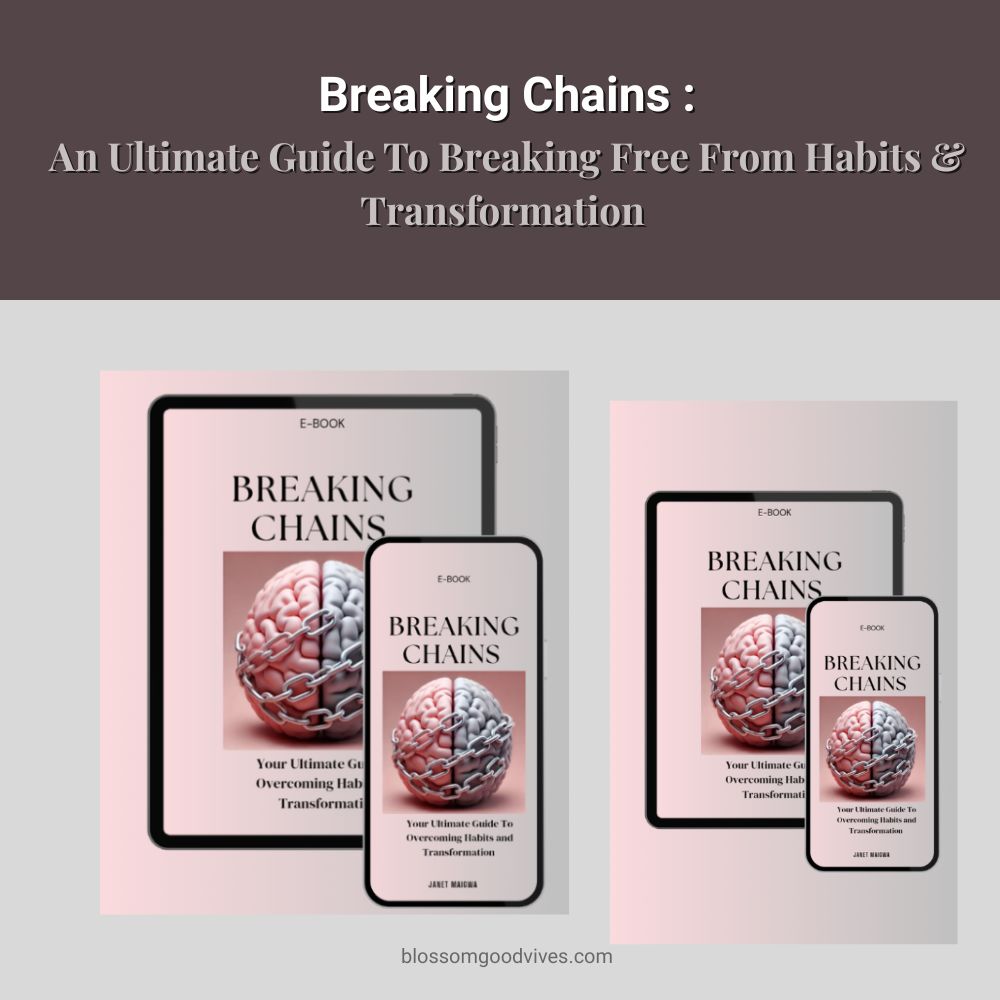
We always used to hear that morning routines are important. But what if the order of your routine is just as critical as the activities themselves? Emerging research from neuroscience and chronobiology suggests that there is a strategic sequence to morning rituals—a biological sweet spot that can maximize cognitive function, stabilize mood, and prime your brain for a productive and positive efficient day.
This concept, which we can call the “Happiness Hour,” isn’t about adding more to your plate. It’s about strategically arranging key elements—light, movement, nourishment, and focus—to work in harmony with your body’s internal hormonal rhythms. Let’s explore the scientifically optimal order for leveraging dopamine, cortisol, and other key chemicals for peak daily performance.
The Hormonal Foundation: Cortisol Awakening Response (CAR)
Your body doesn’t just wake up when the alarm goes off. It has a built-in process called the Cortisol Awakening Response (CAR)—a natural spike in the stress hormone cortisol that occurs about 30-45 minutes after waking. This isn’t a bad thing; this initial cortisol surge provides the energy and alertness you need to get out of bed and start your day. The goal of an optimal routine isn’t to avoid this spike, but to leverage and then regulate it for sustained energy, rather than the anxiety and crash associated with chronic stress.
With this in mind, here is a proposed sequence for your “Happiness Hour,” designed to align with your body’s natural biology.
Step 1: Hydrate & brief Mindfulness (Minutes 0-5)
Action: Before doing anything else, drink a large glass of water and spend 60 seconds in mindful silence.
The Science: You are significantly dehydrated after 7-8 hours of sleep. Rehydrating immediately kick-starts metabolism, flushes toxins, and aids cognitive function. The brief mindfulness practice—simply noticing your breath—avoids immediately jolting your system with stress (like a phone does) and allows you to ride the natural wave of your CAR with intention, not reactivity. This gently activates the prefrontal cortex, your brain’s command center for decision-making.
Step 2: Seek Natural Light Exposure (Minutes 5-10)
Action: Go outside or sit by a sunny window for 5-10 minutes. No sunglasses.
The Science: This is arguably the most critical step. Morning sunlight, particularly its blue light spectrum, has two profound effects:
Circadian Rhythm Regulation: It signals to your brain’s suprachiasmatic nucleus (the master clock) to fully suppress melatonin (the sleep hormone), promoting alertness.
Dopamine Release: Light exposure triggers the release of dopamine, a neurotransmitter crucial for motivation, focus, and mood. A lack of morning light is linked to low dopamine, which can manifest as lethargy and lack of drive.
As neuroscientist Dr. Andrew Huberman states, “Viewing morning sunlight is the most powerful thing you can do to set your circadian rhythm… it also sets in motion a timer for when you will feel sleepy later that night.”
Step 3: Move Your Body (Minutes 10-30)
Action: Engage in 20-30 minutes of movement. This can be yoga, a brisk walk, weightlifting, or cardio.
The Science: Exercising after light exposure compounds the benefits. Physical activity:
Further Optimizes Neurochemistry: It boosts dopamine, serotonin, and endorphins—the classic “happiness trifecta” that enhances mood and reduces anxiety.
Modulates Cortisol: Exercise helps utilize the cortisol spike from your CAR for energy, effectively “burning off” the stress hormone and preventing it from lingering and causing jitters. It also builds resilience to stress over time.
Enhances Brain-Derived Neurotrophic Factor (BDNF): This is like fertilizer for your brain cells, improving learning, memory, and higher thinking for the hours ahead.
Step 4: Fuel Strategically (Minutes 30-45)
Action: Consume a protein-rich breakfast, ideally after your movement.
The Science: Eating later in your routine allows your body to first use its stored energy (glycogen and fat) during movement. Breaking your fast with protein (eggs, Greek yogurt, lean meat) provides the amino acid tyrosine, which is a direct precursor to dopamine and norepinephrine. A carb-heavy breakfast, on the other hand, can lead to a rapid spike and crash in blood sugar, undermining the stable energy and focus you’ve just built.
Step 5: Prioritize and Plan (Minutes 45-60)
Action: Spend the final 10-15 minutes of your hour on focused planning.
The Science: By now, your brain is perfectly primed for deep work. Your cortisol is regulated, your dopamine is elevated for motivation, and your prefrontal cortex is fully online. This is the worst time to check email (which puts you in a reactive mode) and the best time to do strategic, proactive work.
Identify your 1-3 Most Important Tasks (MITs) for the day.
This act of setting intentions provides a clear goal, which further engages the dopamine system—you get a small reward for planning and anticipate the future reward of completion.
Why Order Matters: The Synergy of the Sequence
This sequence isn’t arbitrary; each step chemically sets up the next for success.
Light sets your rhythm and boosts dopamine.
Movement utilizes cortisol and further elevates dopamine and endorphins.
Protein provides the building blocks to sustain those neurotransmitter levels.
Planning directs that neurochemical energy toward purposeful action.
Disrupting this order—for example, checking email first (spiking cortisol negatively), then eating a sugary muffin (crashing your blood sugar), and never seeing the sun—can leave you feeling anxious, distracted, and drained by mid-morning.
The “Happiness Hour” is a framework, not a rigid dogma. The core principle is to work with your biology, not against it. By strategically ordering your morning around light, movement, nourishment, and focus, you don’t just create a routine—you architect your state of mind towards efficiency for the entire day.
Resources & Further Reading:
Huberman, A. (2022). “Toolkit for Sleep.” Huberman Lab Podcast. https://www.hubermanlab.com/episode/toolkit-for-sleep
Young, S. N. (2007). “How to increase serotonin in the human brain without drugs.” Journal of Psychiatry & Neuroscience, 32(6), 394–399. https://www.ncbi.nlm.nih.gov/pmc/articles/PMC2077351/
Ratey, J. J., & Loehr, J. E. (2011). “The positive impact of physical activity on cognition during adulthood: a review of underlying mechanisms, evidence and recommendations.” Reviews in the Neurosciences, 22(2), 171–185. https://doi.org/10.1515/rns.2011.017
Fernstrom, J. D., & Fernstrom, M. H. (2007). “Tyrosine, phenylalanine, and catecholamine synthesis and function in the brain.” The Journal of Nutrition, 137(6 Suppl 1), 1539S-1547S. https://doi.org/10.1093/jn/137.6.1539S
RELATED ARTICLES:



